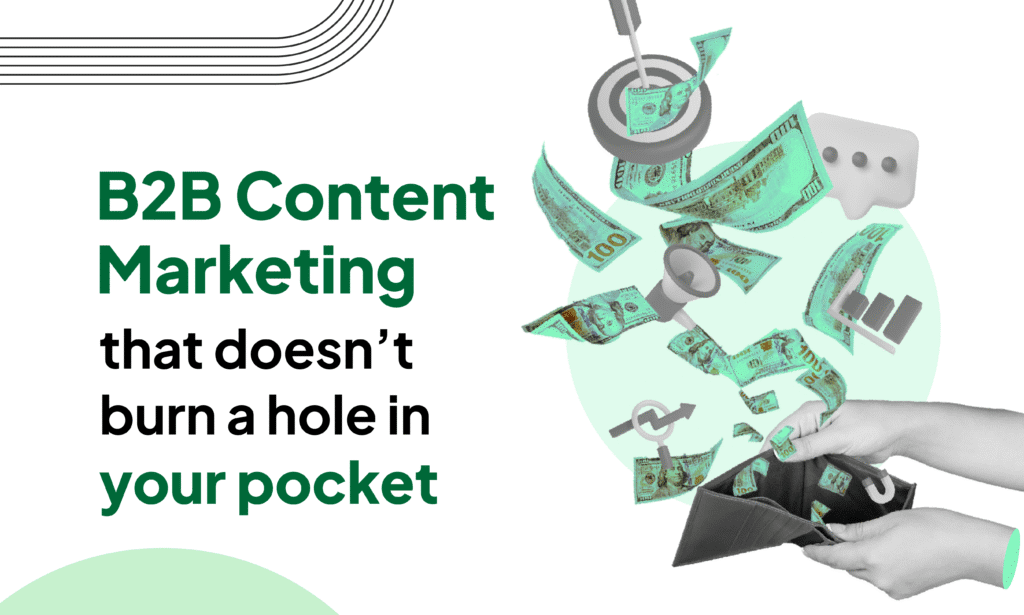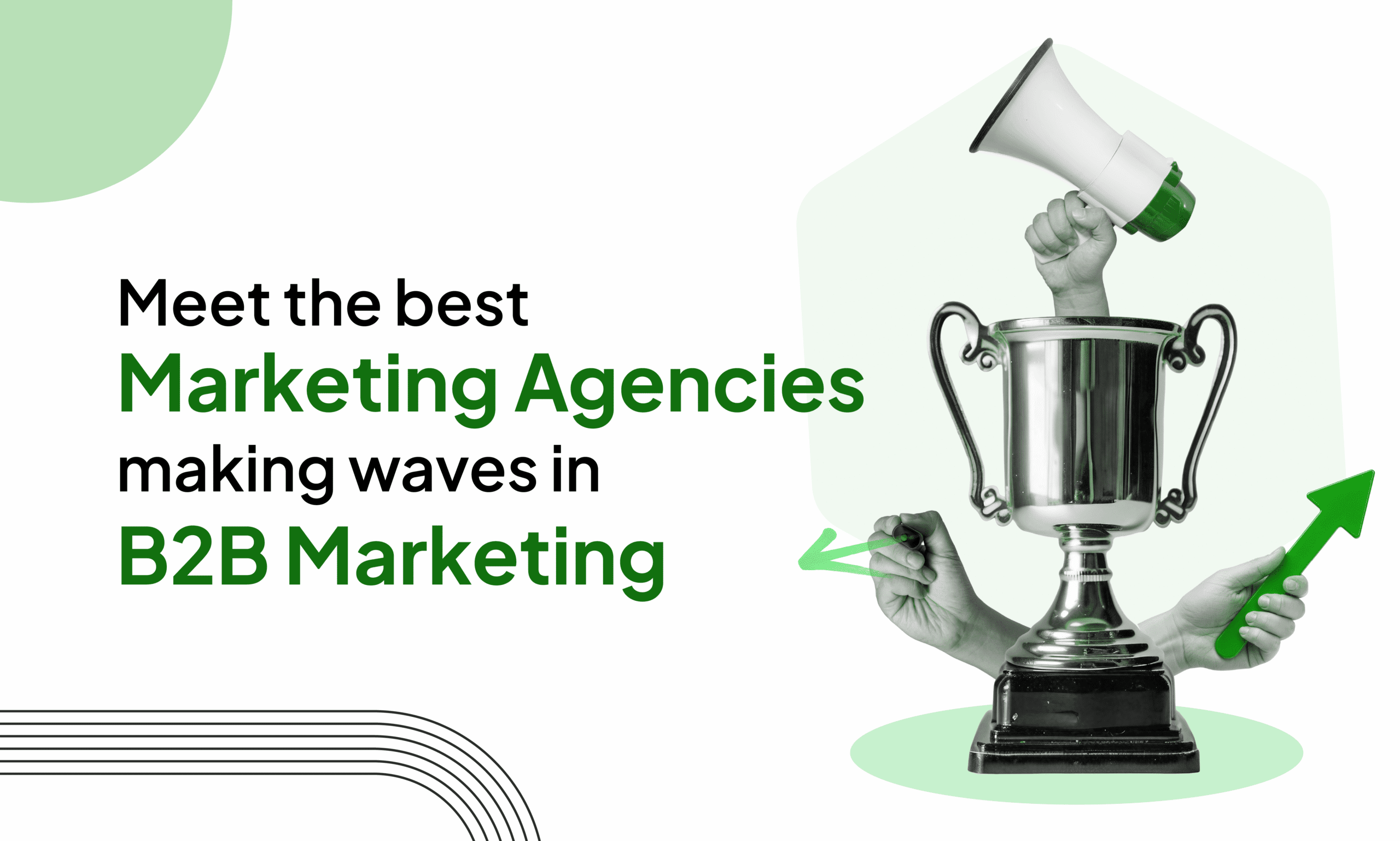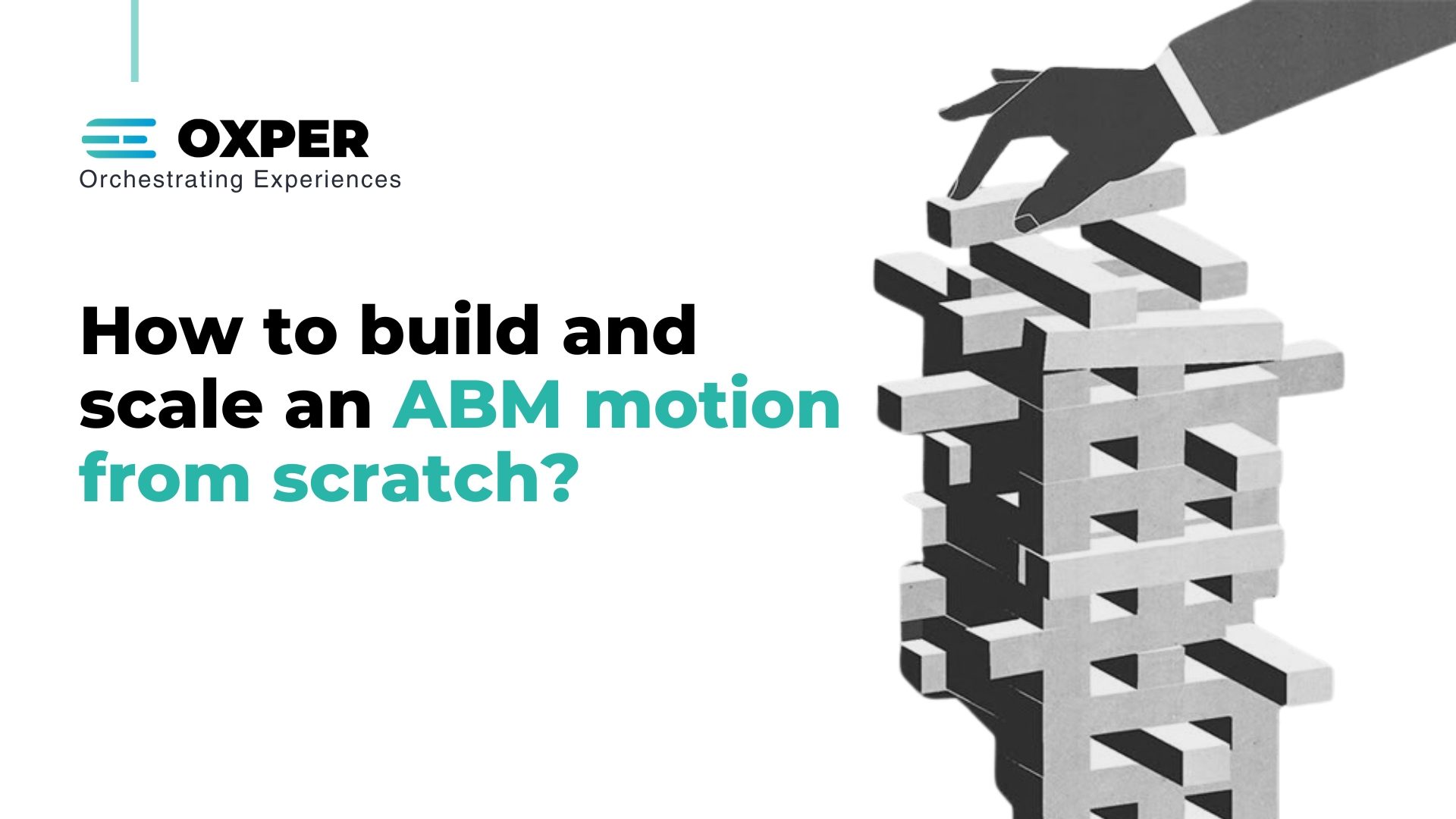If you’re looking for a scalable, budget-friendly way to reach and convert B2B buyers, a well-planned B2B content marketing strategy is your answer. This guide walks you through 7 essential steps to build a high-performing content plan, along with common mistakes to avoid and answers to frequently asked questions. Whether you’re a startup or an enterprise, these practical tips can help you stay ahead in the competitive B2B marketing space.
What is B2B Content Marketing & Why It Matters
Today’s B2B buyers are savvier than ever. Around 95% of them conduct thorough online research before even speaking to a sales rep. If your brand doesn’t show up with helpful, value-driven content during that research phase, you’re likely to be overlooked. That’s why B2B content marketing is essential—it positions your brand as a trusted resource, builds credibility, and nurtures prospects through the sales funnel.
And no—you don’t need a huge budget or an in-house content army. With the right approach, you can achieve big results without burning a hole in your pocket.
How to Build a B2B Content Marketing Strategy That Works
Here are 7 proven steps to build an effective, sustainable, and results-driven B2B content marketing strategy:
Perform a B2B Content Audit
Start by reviewing all existing content assets—blogs, whitepapers, case studies, videos, guides. Map this content against your customer journey: awareness, consideration, decision. Identify gaps and areas to improve. This helps you focus your budget and efforts where they matter most.
Pro Tip: Use analytics tools like Google Analytics or HubSpot to track performance. Repurpose or update high-performing pieces for quick wins.
Conduct a Competitive Content Audit
Analyze your top competitors’ content strategy. What topics are they ranking for? Which formats are they using—webinars, infographics, blogs? Look for gaps where you can offer something better or more insightful.
Use tools like: SEMrush, Ahrefs, or BuzzSumo to gather content intelligence.
Build a B2B Content Calendar
Consistency matters more than frequency. Plan your topics, content types, and publishing schedule at least a month in advance. Align your calendar with key industry events, product launches, or customer pain points.
Include distribution methods—blog, LinkedIn, newsletters, or YouTube—and ensure each piece has a clear CTA.
Start Creating Content That Solves Real Problems
Now that you know what to create and when, focus on quality. Your content should educate, inspire, and move prospects closer to conversion. Prioritize:
- Thought leadership articles
- Case studies
- How-to guides
- Product comparison sheets
- Industry trend reports
Optional: If bandwidth is a problem, hire freelance writers or partner with a B2B content agency.
Promote It Like a Product
Publishing great content is just the beginning. Promote your posts through:
- LinkedIn and Twitter/X
- Email newsletters
- Industry forums
- Guest posts on relevant platforms
Boost key content pieces with paid media—LinkedIn Ads, Google Ads, or targeted display ads.
Measure, Analyze, Repurpose
Track KPIs like traffic, engagement, downloads, leads, and conversions. Tools like Google Analytics, HubSpot, and Hotjar can give you actionable insights.
Repurpose your best-performing content: Turn a blog post into a carousel, a webinar into a blog, or a whitepaper into an infographic. Maximize value with minimal effort.
Optimize Continuously
Content marketing is not a one-and-done effort. Keep refining your strategy. Identify underperforming content and decide whether to improve, update, or retire it. Stay up to date with trends and SEO algorithm changes to maintain visibility.
Common Mistakes in B2B Content Strategy (And How to Fix Them)
- Focusing too much on product features – Instead, focus on solving the audience’s problems.
- Lack of distribution strategy – Create a promotion plan for every content piece.
- Skipping the SEO basics – Keyword research, meta titles, and internal linking matter.
- Publishing inconsistent content – Build a calendar and stick to it.
- Ignoring analytics – Measure what matters and optimize accordingly.
FAQs
- What is B2B content marketing?
B2B content marketing involves creating and distributing valuable content to attract, engage, and convert business buyers. It focuses on solving specific industry problems, educating prospects, and guiding them through the buyer journey. - How is B2B content marketing different from B2C?
B2B content is typically more in-depth, research-driven, and focused on ROI. It targets decision-makers and stakeholders, whereas B2C content often appeals to emotional triggers and shorter buying cycles. - What makes a successful B2B content marketing strategy?
A winning strategy is audience-focused, consistent, SEO-optimized, and data-backed. It aligns content with different stages of the sales funnel and uses performance metrics to improve over time. - What types of content work best for B2B audiences?
Effective B2B content includes whitepapers, blog posts, webinars, case studies, how-to guides, industry reports, and email newsletters. Formats that educate and inform usually perform best. - How do you measure B2B content marketing success?
Track metrics such as:
- Website traffic
- Lead conversions
- Time on page
- Bounce rate
- Number of backlinks
- Engagement rates (comments, shares, likes)
Use these insights to refine and scale your content efforts.
A strong B2B content marketing strategy doesn’t have to break the bank. Start small, stay consistent, and focus on solving real problems for your audience. And if you need expert help, don’t hesitate to bring in a content marketing agency that understands B2B dynamics.





